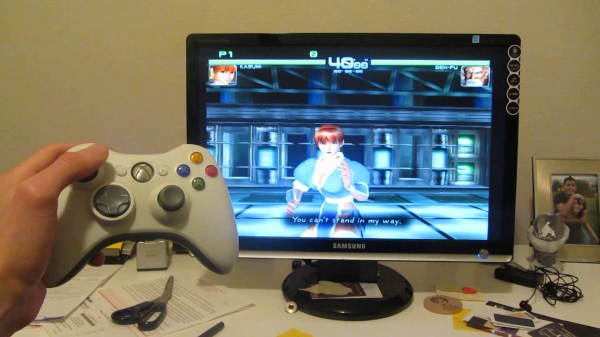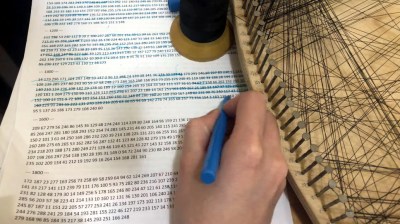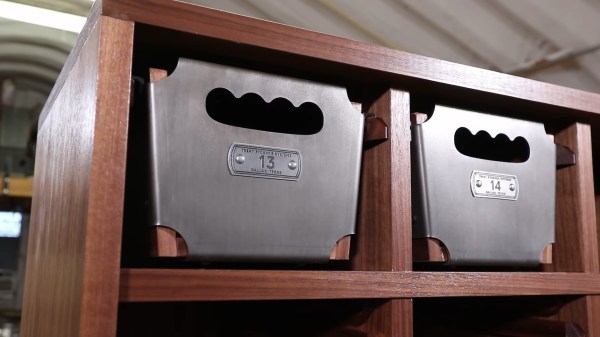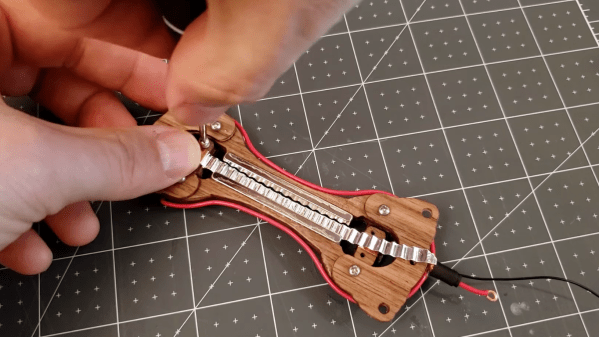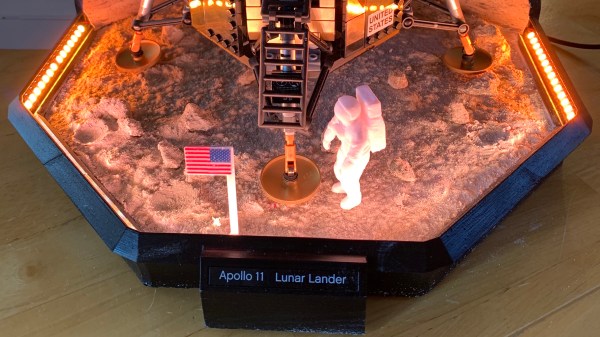Perhaps the greatest convenience feature of modern consoles is the wireless controller. Eliminating the risk of tripping over cords and enabling play in all manner of poorly ergonomic positions, they added huge comfort to the console gaming experience. [ismell] was no fan of the Dreamcast’s original controller, and the cable was too short to boot. It was time to bring the 360 Wireless controller to Sega’s swansong.
Early attempts by [ismell] involved a Windows computer acting as a USB host for the 360 controller, which would then send out commands back to the Dreamcast via a Cypress EZ-USB FX2 microcontroller. If this sounds esoteric and messy, that’s because it is. It was also too slow to reliably work, as the Dreamcast’s Maple controller bus expects updates every millisecond, else it considers the controller disconnected.
Instead, a dedicated USB host was needed to speak to the 360 controller and also the Dreamcast. [ismell] landed on the MicroZed 7010, a System on Chip that also packs an FPGA on board. With Petalinux running on the board, it interfaces with the Xbox 360 USB wireless controller interface, and then sends the data out over a custom “network” driver that sends packets to the Dreamcast over the Maple bus.
It’s by no means a simple hack, and the MicroZed is far from cheap, but it works and works well as shown in the video below. We’ve seen other wireless controller adapters over the years, too – like the wild BlueRetro build. We always love to see a good retro console hack, so don’t be shy about sending in your own!
Continue reading “Wireless 360 Controllers Now On The Dreamcast”

